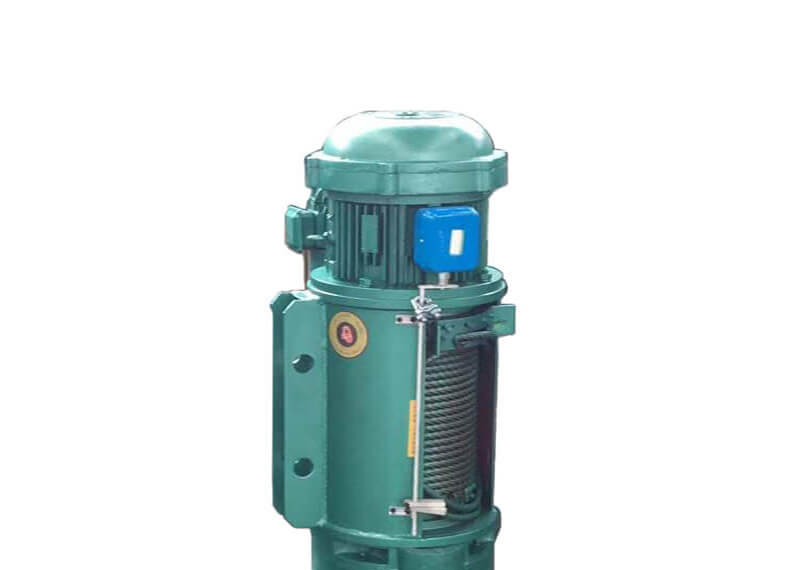
How to control the shaking of electric hoist work
We often receive customer feedback that reflects the outdoor electric hoist that has shaken during work.
(1) The most important thing is inertia. It usually occurs when the run starts and when the run stops. The start and stop in the horizontal direction is the highest and the amplitude and amplitude of the shake generated when rising and falling.
(2) If the magnitude of the shake depends on the size of the inertia, then what is the size of the inertia? It is determined by the size of the speed difference. For a single speed, it depends on the speed. For example: at rest, the speed is 0m/nin, and the running speed is 20m/min. When running horizontally, there will be a jump of 0-20m/min or 20-0m/min when starting and stopping. This will be chronic and the speed difference is 20. If the running speed is 5m/min, a speed jump of 0-5m/min or 5-0m/min will occur at start and stop with a speed difference of 5. The difference in speed is larger than the difference in speed, and the shaking is also large. In the same way, the same is true for ascending and descending.
(3) In the case of the same speed difference, the longer the sagging chain or the rope, the greater the inertia and the greater the shaking. When two electric hoists of the same lifting capacity and the same lifting speed are suspended from the same object. When lifting the electric hoist with a height of 30M, the shaking amplitude is greater than the electric hoist with a lifting height of 6M and 9M below the lifting height of 30M. This is more obvious under the influence of the external environment, such as in the case of wind.
(4) When two electric hoists of the same model have the same rated load, the same lifting and speed, and the same lifting height, the smaller the electric hoist, such as the rope or the chain, when hanging the same object, the more the shaking rate Big. The wire rope electric hoist should try not to use the tangled rope, the electric hoist with the same rated load, the same lifting height and the same lifting speed. The swaying rate of the tangled rope is larger than that of the wire rope electric hoist with the rope guide.
(5) The same wire rope electric hoist will have different shaking when the shape of the object is different. In general, electric hoists can only hang objects without life, and can not hang people. In fact, it is best not to hang animals. Animals are also alive and alive. They struggle and move during the lifting process, which produces instability during lifting. Shaking will occur, and this shaking is irregular and uncontrollable. It is very easy to be overloaded and it is very dangerous. Relatively speaking, it is safer to hang without life than to have life. Even objects that are not living, irregular in shape, hanged or bundled, unevenly stressed, or liquid, have a great impact on shaking.
(6) The same electric hoist will have different shaking when the weight of the object to be hoisted is different. But this is not a good judgment. Of course, this is inevitable, and the electric hoist with remote control is originally a lifting object. As long as it is not overloaded, it can be used normally. Therefore, this article is not counted.
It is impossible to avoid shaking in the electric hoist operation. There are speeds, hoists, and heights that will cause shaking. We recommend that users start with the following aspects to minimize the shaking:
1. If the speed is single speed, you can use slow speed. But considering the efficiency of the work, and do not want to be too slow, then choose the frequency converter.
2. In the case of other methods, try not to lift the object.
3. The more rows of ropes and chains, the more stable they are, but the slower the relative speed. Moreover, the multi-rope wire rope electric hoist body is also larger in volume. So depending on the situation.
4. The object to be hoisted is as inanimate as possible. It must not exceed the rated load of the electric hoist. Do not overfill the liquid. To hang the bundle securely.
5. non-double hook or non-synchronous group crane electric hoist, not for group cranes, to follow the manufacturer's recommendations.


